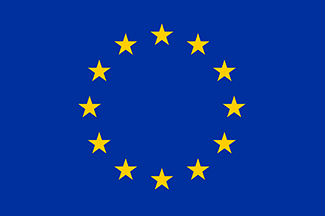
This project tests the hypothesis that multiplying and escalating public ruler celebrations (imperial tours, royal birthdays, accessions, etc.) across the late Russian and Ottoman Empires a) ushered in a new era of ruler visibility, forging direct vertical ties of subject loyalty to the Russian Emperor and the Ottoman sultan in the short run, and b) created a modern public space, stimulating the rise of the horizontal ties of ethno-nationalism in the long run. It traces the origins, nature and evolution of the direct relationship between a cross-section of Finns from the Grand Duchy of Finland and the Russian Emperor, on the one hand, and a cross-section of Bulgarians from the Ottoman province of Rumelia and the Ottoman sultan, on the other. It reconstructs key historical episodes and brings to light entire chapters in the history of Finnish and Bulgarian group belonging, which have so far been excluded from mainstream narratives and historical textbooks.
This project outlines the complex, syncretic modernity of late imperial regimes, which engaged in fascinating acts of ceremonial experimentation, but also exhibited many ominous sides of the looming modern state, with its unparalleled abilities to censor, discipline and control. Although drawing on the experiences of two late empires only, it has powerful implications for a broader study of the transition from imperial to ethno-national mind-frames, and ultimately, for analyzing the constituent elements of modernity and ethno-nationalism themselves.
Project title:
Monarchic Visibility, Public Space, and Collective Identities in the Romanov and Ottoman Empires (1825-1908). A Comparative Study of the Finnish and Bulgarian Trajectories of Communal-cum-national Consciousness
Area of research:
History
Fellowship period:
1 Feb 2016 – 31 Jan 2019
Fellowship type:
AIAS-COFUND Marie Skłodowska-Curie fellow

This fellowship has received funding from the European Union’s Seventh Framework Programme for research, technological development and demonstration under the Marie Skłodowska-Curie grant agreement No 609033 and The Aarhus University Research Foundation.
